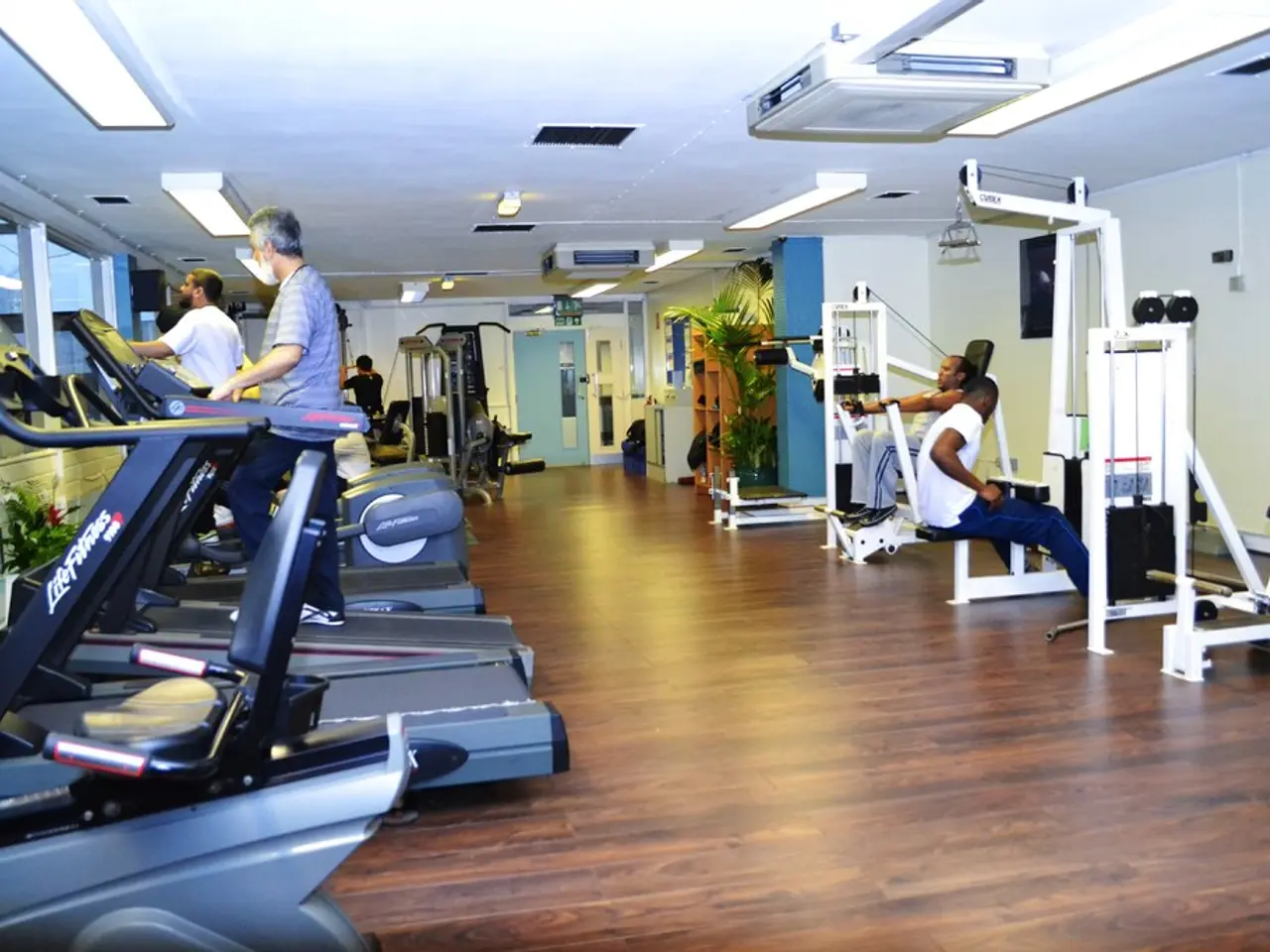Daily Experiment with the Notorious Pilates Boomerang Core Move: A 7-Day Humbling Journey
The Pilates Boomerang, a move from Joseph Pilates' classical sequence, number 29, is a complex exercise that demands a lot of mental energy and close attention to detail. This advanced move blends a Pilates Roll Over, a Teaser, and a Forward Fold into one fluid, continuous sequence, demanding strength, flexibility, coordination, and control.
To perform the Pilates Boomerang exercise correctly, follow these key steps:
- Start seated with legs crossed in a comfortable position, preparing for movement.
- Exhale and roll up into a V-sit or teaser position, keeping your legs still crossed and maintaining control through your core.
- Inhale and reach your arms backwards, opening your chest and preparing for the next transition.
- Exhale as you lower your legs to the floor and fold your torso forward over your legs, maintaining spine length and flexibility.
- Roll back up again smoothly into the V-sit or teaser position, maintaining the C-curve of your spine and strong core engagement throughout.
It's crucial to maintain a strong, curved (C-curve) back to support the spine while lifting legs and rolling up or back. Engage the core muscles fully to stabilize throughout the transitions, and move with fluidity and smooth transitions to link each phase seamlessly.
The Pilates Boomerang challenges flexibility in the spine, legs, and shoulders, so warm-up properly and progress gradually. Focus on breath coordination: exhale during exertion phases (rolling up, folding forward) and inhale during preparatory movements (reaching arms back).
Mastering the Pilates Boomerang requires practice and control but feels elegant and satisfying once mastered. It strengthens the core, improves spinal and shoulder mobility, challenges balance, and stretches the hamstrings. Additionally, it provides a great stretch for the chest and shoulders.
To counteract potential spine pain, engage your core before you move in the Pilates Boomerang. A well-padded mat is a must-have for anyone attempting the Pilates Boomerang. A Pilates Ball can be helpful in supporting the back while building up to the Pilates Boomerang.
Pilates instructors suggest starting simple and focusing on nailing the component moves that make up the full Pilates Boomerang sequence, then gradually stringing them together. Holding each stretch for a minimum of 30 seconds and repeating them for three sets is recommended for improving flexibility.
By day four, the practitioner starts practicing the full Pilates Boomerang sequence, focusing on articulating the spine into and out of a c-curve to activate the core. It's common for people to lean back before lifting their legs at the top of the Pilates Boomerang move, which causes them to lose the all-important c-curve shape.
In summary, the Pilates Boomerang is a challenging exercise that combines elements of the Pilates Teaser and Roll Down. With patience, practice, and proper technique, it can be a rewarding addition to any Pilates routine. For comfortable and eco-friendly clothing, consider a one-piece fit from Adanola for Pilates or Yoga.
- The Pilates Boomerang, a complex exercise, not only requires mastery of the C-curve for spinal support but also promotes a healthier lifestyle through core strength and improved spinal mobility.
- In the pursuit of beauty and fitness, the Pilates Boomerang, a challenging blend of Fashion, Fitness, and Exercise, demands close attention to detail and precision in its execution.
- The Pilates Boomerang, with its focus on health and wellness, is not just an exercise but a seamless display of Style and grace, much like the moves of celebrated Celebrities who embrace this practice.
- Embarking on a journey of self-improvement, one might discover the Pilates Boomerang, a scientifically-sound sequence that offers more than just physical gains; it fosters unity between the body, mind, and spirit.




